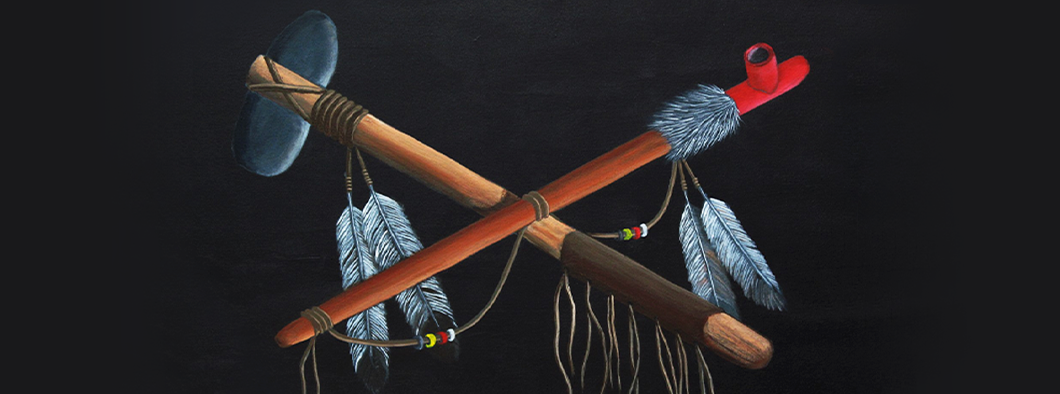Ta’n Koqowey Elwi’tmasimkɨpp Akukumkeweyiktuk
What was promised in the Treaties
Keq kisi spi-wolamuhusimok
Theme:
Kiskuk Ta’n Teliaq
Contemporary Issues
Tokec Weskuwitasikil Eleyik
Global Competencies
Learning to Learn/Self-Aware and Self-Directed
- 1. Learners develop identity in the Canadian context (e.g., origin and diversity) and consider one’s connection to others. (Activity 2)
- 2. Learners take the past into account to understand the present and approach the future. (Activity 1)
Collaboration
- 1. Learners address disagreements and manage conflict in a sensitive and constructive manner. (Activity 1)
- 2. Learners co-construct knowledge, meaning, and content. (Activity 2)
Communication
- 1. Learners communicate effectively and respectfully in different contexts in oral and written form in English, Mi’kmaw and Wolastoqey. (Activity 2)
Global Citizenship and Sustainability
- 1. Learners contribute to society and the culture of local, national, global, and virtual communities in a responsible, inclusive, accountable, sustainable and ethical manner. (Activity 2)
- 2. Learners engage in local and global initiatives to make a positive difference. (Activity 2)
Curriculum Outcomes
English Language Arts
General Curriculum Outcomes
- 1. Students will explain personal opinions and respond to the questions and opinions of others. (Activity 1)
- 1. Students will listen critically to others’ opinions or ideas expressed. (Activity 1)
- 7. Students will identify instances of prejudice and stereotyping. (Activity 1 and 2)
- 6. Students will give reasons for their opinions about texts and the work of authors and illustrators. (Activity 1)
- 9. Students will recognize that particular literary forms require the use of specific features, structures, and patterns. (Activity 1 and 2)
Social Studies
Specific Curriculum Outcomes
- 4.3.3. Examine the relationship between humans and the physical environment. (Activity 1 and 3)
- 4.4.3. Describe the political landscape of Canada. (Activity 1 and 2)
- 4.4.4. Examine symbols associated with Canada’s landscape. (Activity 2)
Associated Text Materials
Grade 4 – Explorations
- p. 96-98 – How does earth’s physical environment benefit humans? (Activity 1)
- p. 152-153 – How does Canada’s government make laws? (Activity 2)





